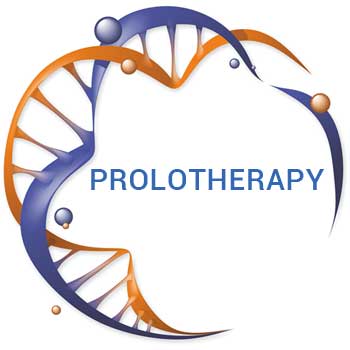What is Ozone?
You know that wonderful, clean smell that happens after a summer storm? That smell is the natural occurrence of Ozone in the air. Ozone is the combination of 3 oxygen atoms fused together into a single molecule, and it happens when the electricity in the atmosphere causes lightning strikes.
Ozone works as a regenerative agent by quickly breaking down inside the body into regular oxygen and peroxide. Both of these molecules then exert changes and activity within the immune system. These immunologic changes are thought to be the driving force behind the effects of ozone therapy.
Generators create ozone from atmospheric oxygen that can be used on site for point of care treatment and therapy.
While currently no comprehensive studies exist with regard to ozone therapy, there are studies showing ozone therapy relieves pain and repairs function when injected directly into the joints. Overall, ozone therapy appears to be a helpful adjunct to the overall plan of regenerative therapies.

Ozone FAQs
The level of discomfort of the treatment depends in part on the area being treated. For example, injections given into a joint often are minimally uncomfortable and in some cases painless. Injections given into tendons and joint capsules tend to be more uncomfortable. There is usually moderate pain for the next few days. In cases where large numbers of injections will be completed, Dr. Hanson will perform a regional nerve block to reduce pain during and after the injection.
We provide oral sedation, aromatherapy, and oxygen to help with pain and anxiety during an injection. In addition, we have a master Reiki practitioner who is available to perform energy healing before or after a procedure.
On average, most patients start to see signs of improvement anywhere from 2-8 weeks after treatment. This can be less overall pain, an ability to do more activity before pain sets in, and/or faster recovery from pain.
Anytime a needle is placed anywhere in the body, even getting blood drawn, there is a risk of infection, bleeding, and nerve damage. However, these are very rare. Other complications, though rare, can occur depending on the area being treated, and will be discussed by your doctor before starting treatment.
When using prolotherapy for the appropriate levels of degeneration, the results are very good, studies showing 80-90% success rate. Some patients experience complete relief of their pain. In the case of capsule and ligament injuries, the results are generally permanent in mild cases, moderate cases may need another round of treatments in 1-3 years.
Coming soon…
Coming soon…
